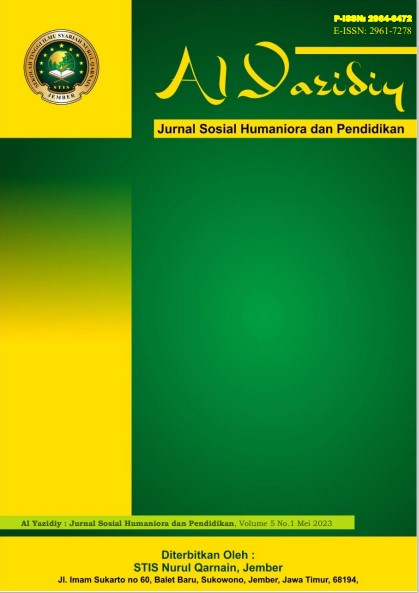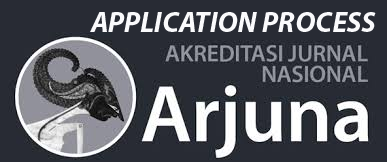The Influence of Social Literacy on Students' Emotional Intelligence in Secondary Schools
DOI:
https://doi.org/10.55606/ay.v7i1.1381Keywords:
Social literacy,, Emotional intelligence,, Character education,, High school students,, Humanities,Abstract
Emotional intelligence is an important factor in supporting student success both academically and socially. Social literacy, as the ability to understand and respond to social dynamics in the surrounding environment, is believed to have a major contribution to the development of emotional intelligence. This study aims to analyze the relationship between the level of social literacy and emotional intelligence of high school students. The method used is quantitative correlational with a sample of 120 students from three high schools in Yogyakarta. The data collection instrument was a Likert scale questionnaire measuring two main variables: social literacy and emotional intelligence. The results of statistical analysis showed a significant positive correlation between social literacy and emotional intelligence (r = 0.63; p < 0.01). This finding confirms that students with high social literacy skills tend to have better empathy, emotional regulation, and social skills. The implications of this study emphasize the importance of integrating character education and social literacy in the school curriculum as an effort to improve the quality of holistic and humanistic education.
References
Al-Khasawneh, F. M. (2012). Vocabulary learning strategies: a case of Jordan University of Science and Technology. English for Specific Purposes World, 34(12), 1–15.
Asyiah, D. N. (2017). the Vocabulary Teaching and Vocabulary Learning: Perception, Strategies, and Influences on Students’ Vocabulary Mastery. Jurnal Bahasa Lingua Scientia, 9(2), 293–318. https://doi.org/10.21274/ls.2017.9.2.133-158
Ghazal, L. (1997). Learning Vocabulary in Efl Contexts Through Vocabulary. Novitas Royal, 1(2), 84–91.
Meiliani H, A. P., Lyesmaya, D., & Nurmeta, I. K. (2023). Pengembangan Media Wayang Sukuraga terhadap Penguasaan Kosakata dalam Pembelajaran Bahasa Sunda di Sekolah Dasar. Jurnal Basicedu, 7(1), 681–690. https://doi.org/10.31004/basicedu.v7i1.4739
Moleong, L. J. (2019). Metodologi penelitian Kualitatif. PT REMAJA ROSDAKARYA. https://ecampus-fip.umj.ac.id/repo/handle/123456789/7485
Mustofa, S. (2011). Strategi Pembelajaran Bahasa Arab Inovatif. Malang : UIN-Maliki Press, 2017 © UIN-Maliki Press, 2017
Nurjam’an, M. I., Triyanto, Nina, & Wundari, L. (2023). PERBANDINGAN BAHASA SUNDA-BOGOR DENGAN BAHASA JAWA-CILACAP: PENDEKATAN LEKSIKOSTATISTIK-GLOTOKRONOLOGI. 12(2).
Prasetyo, T., Humaira, M. A., Maryani, N., & Nurazizah, R. (2022). Model Narasikom: Meningkatkan Keterampilan Berbicara Bahasa Sunda Siswa Kelas Rendah. DIDAKTIKA TAUHIDI: Jurnal Pendidikan Guru Sekolah Dasar, 9(2), 211–222. https://doi.org/10.30997/dt.v9i2.6910
Downloads
Published
How to Cite
Issue
Section
License
Copyright (c) 2025 Al Yazidiy Jurnal Sosial Humaniora dan Pendidikan

This work is licensed under a Creative Commons Attribution-ShareAlike 4.0 International License.









